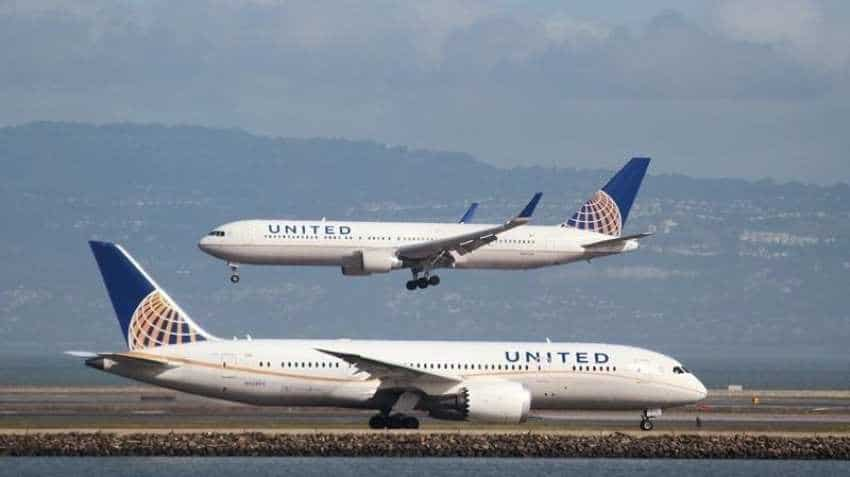New system may help reduce flight delays: Study
Taking the delay costs of both airlines and passengers into account can result in fewer delays and save airlines money, according to a study. Researchers from Binghamton University in the US looked into how to make airports more efficient.

New York: Taking the delay costs of both airlines and passengers into account can result in fewer delays and save airlines money, according to a study. Researchers from Binghamton University in the US looked into how to make airports more efficient.
They did so by incorporating the actual cost of a delayed passenger into the equation, according to the study published in the Journal of Air Transport Management. Currently, decision support systems (DSS) are used to help direct flights and air traffic in hopes of preventing delays.
Most of these systems use parameters such as time or distance to manage and determine the optimal schedule. The researchers developed two models that consider the actual cost incurred when passengers and flights are delayed.
Delay costs can include numerous things such as fuel consumption, maintenance, crew costs, taxiing and additional travel time -- all of which are included in the models.
"Airports mainly focus on increasing the runway throughput and, in general, most other papers focus on delay as a time, but they don't consider the actual cost of the delay," said Binghamton University PhD student Duaa Serhan.
The researchers explained that there are normally two perspectives used when scheduling aircraft and that these perspectives focus on different parameters to either maximise or minimise. The first perspective is the airport itself. The second is that of the airlines or the companies operating the actual aircraft.
"From the airport's perspective, the runway throughput is the most important, so they want to quickly send out as many aircraft as possible," said Binghamton University Associate Professor Sang Won Yoon. "From the airline company's perspective, they just want to minimise the delay," Yoon said.
The airport tries to choose a schedule based on which one allows the most aircraft to leave in a given period, while the airlines want to minimise the amount of time the aircraft spends at an airport. The researchers decided to take into account a third and often-overlooked perspective: the passengers.
Passenger delay costs can take many forms. The delay costs can represent things like missed connections or the cost associated with rebooking or compensation. "Time is a cost, but airline companies also have to reroute passengers. If they miss the flight, then they have to schedule a new flight or provide a voucher.
"There are also immeasurable costs, like missing a call with your family, or a business meeting," said Yoon. In the researchers' models, these inconveniences were captured by their classification of three types of delay costs: passenger delays, passenger missed connections and additional operating costs.
Watch this Zee Business video here:
Two models were developed and tested under various air traffic scenarios and compared against three other commonly used scheduling methods.
One of the models that took the passengers' perspective into account displayed the overall lowest airline and passenger delay cost, reducing the costs by a minimum of 6.4 per cent compared to the other methods.
It was also able to reduce the number of flight delays by 8.6-65.4 per cent when compared to two of the other reference models, and performed similarly to the third reference model.
06:22 PM IST






 Mumbai airport update: Heavy rains hit Chhatrapati Shivaji Maharaj Terminus, hundreds of flights got delayed - Here's what you must know
Mumbai airport update: Heavy rains hit Chhatrapati Shivaji Maharaj Terminus, hundreds of flights got delayed - Here's what you must know Flight cancellation, delay update: Bad weather conditions force cancellation of 22 flights
Flight cancellation, delay update: Bad weather conditions force cancellation of 22 flights Airlines begin cancelling flights as Mumbai downpour worsens
Airlines begin cancelling flights as Mumbai downpour worsens